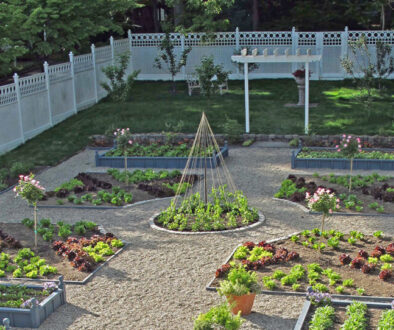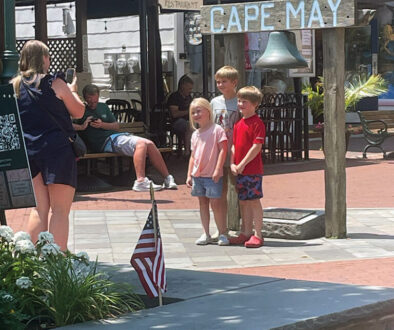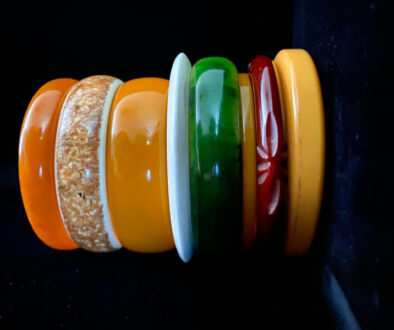The Mallard
Everyone knows the Mallard, at least the male, with its beautiful glossy emerald-green head. The commonest duck in America, and widespread throughout the northern hemisphere, they are found just about everywhere humans are, and in the wilderness, too. The garden pond, flooded streets, town parks and wetlands everywhere; they can even make it to the ocean. This adaptability, particularly to man, is what helps make this a very ubiquitous bird. It is also true for other birds that are rapidly increasing here such as gulls, geese, and White Ibis.
All these birds, including the Mallard, tend to be approachable, often tame. Being able to get close to birds creates a real connection and certainly increases their popularity. This is the case with the Mallard. Parents love to take their kids to see Mallards, often feeding them bread and cereal to get as close as possible. Of course, Mallards will never say no to some easily gotten grub. This approachability is not a new thing. Mallards are the original ancestral breeding stock of the farmyard or domesticated ducks. The Mallard-like ones are 20 percent bigger, with bums that nearly hit the ground. However, they can be all sorts of colors, many whitish, and with inbreeding can look like almost anything!
Mallards are exquisitely colored and patterned—punky too. They strut with real attitude. They are vocal, and the well-known duck ‘quack’ or ‘quack quack’ is that of the Mallard, though most people don’t know that it is only the female that gives this noise; the male is quieter and softer.

Female Mallard with chicks
The males’ green head feathers are iridescent; meaning the angle with which light hits them will change their appearance. When the sun hits them from behind, they look green, but when the sun’s rays hit from the side (90 degrees), they look purple, and the head looks black when we look into the sun. It is great fun to just go and watch how the head changes colors as it moves its head or you move to watch from a different angle.
If you think you are the one that is impressed by the amazing colors of the male’s head, you are very wrong! There is another group that is far more impressed, and it is a major problem. Let me explain. The Mallard has three other species that were once considered subspecies of Mallard but are now full species: the American Black Duck, Mexican Duck, and Mottled Duck. They are all the same size and shape; they call and behave similarly, too. The females are all very close to the female Mallard in color, being basically boring variations of a brown grey. The big difference is the males. Unlike the male Mallard which is all bright and spanky-colored, a real show-off, the males of the other three species are plain Jane like the female Mallard. So ladies, if you were a female Black, Mexican, or Mottled Duck, would you be attracted to that flashy male Mallard, or the dull male of your species? That’s right, nature is attracted to the colorful characters! The result is that as Mallards expand their range and increasingly come into contact with these species, those species hybridize commonly with Mallards. This is changing the gene pool and is a threat to the three duller species, as there is increasingly fewer pure-bred. Is nothing being done about this, you might ask? Well, I am going to take the 5th on that one.
Mallards are the most common duck and are expanding their range, in large part because of how they adapt to man. I also have to say they seem to copulate more than other species; perhaps another reason why they are so common. Go to a pond where there are a few, particularly in late-winter and spring, but at other times of the year too; they are often procreating. Their display lasts for about a minute, sometimes two. They clearly both have a twinkle in their eyes and circle each other a couple of times before a face to face where they alternately head bob. The male climbs on the female, holds the back of her neck with his bill and puts her head under the water. Well-endowed, his corkscrew-shaped member is over a third the length of his body. The act itself takes less than a second. After, he swims around her while she washes, flaps her wings, and they swim off into the sunset—or something like that! Occasionally another male will try to get involved, which of course, leads to a big fight to get the intruder away. The Mallards’ mating ritual is very consistent and is easy to spot if you know what to look for. Most Mallards, like other ducks, usually pair up in the winter. The male often skips town in summer, leaving the female with the youngsters. This is typical of many ducks.
Unlike other groups of birds, ducks molt into their dull plumage, known as eclipse, in summer. This is mostly for camouflage as they want to hide while they are breeding; they attracted a partner in the winter/spring. They also become essentially flightless while molting, so they must swim from trouble. The chicks leave the nest as soon as they all hatch, so Mum essentially chaperones them around while they feed themselves. Of course, she will not leave them, so not being able to fly fits in with the job description.

Through summer and early fall, Mallards look grungy but there are lots of cute chicks to look at. By October they all look really flashy once more and the year in the life of the Mallard begins again. Of course, some will head south, and some northern birds will come here to winter. We don’t know exactly what happens here, so you can watch and help us find out. You might see a drab male with a female-like bill pattern. This will be an old, female Mallard. Senescent females are older birds whose hormone levels change so they take on a more male-like appearance. Of course, we are still learning about this, like so many things.
So, the next time you see some Mallards, take a seat, slow it down, and lose yourself in their ever-changing head colors, differing lifestyles in drab eclipse plumage, their mating ritual, and try to relate their lifestyle to our own. There is so much we can learn about Mallards that we don’t know yet. So common but poorly understood—sounds a bit like us!



